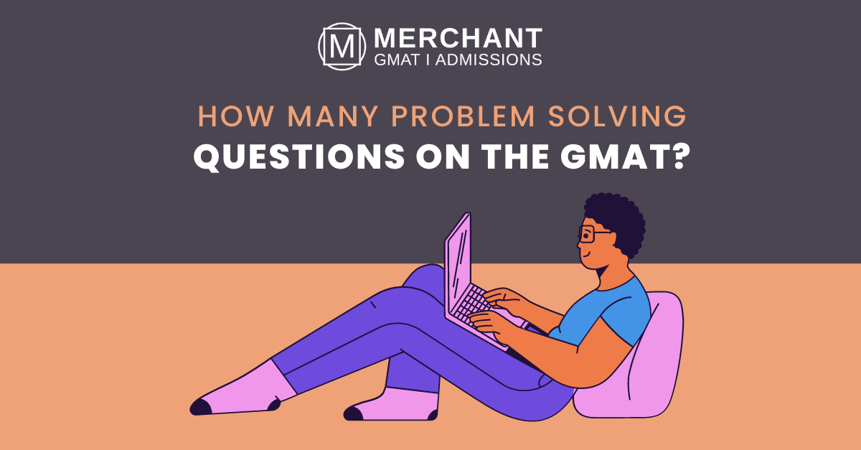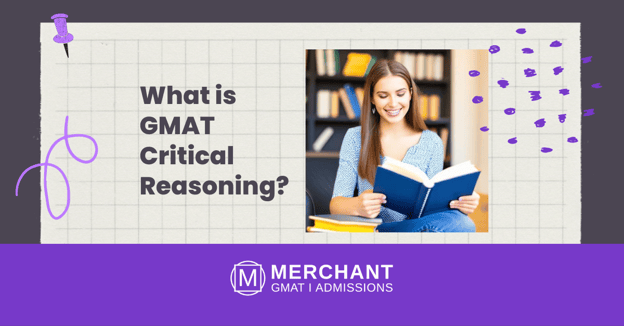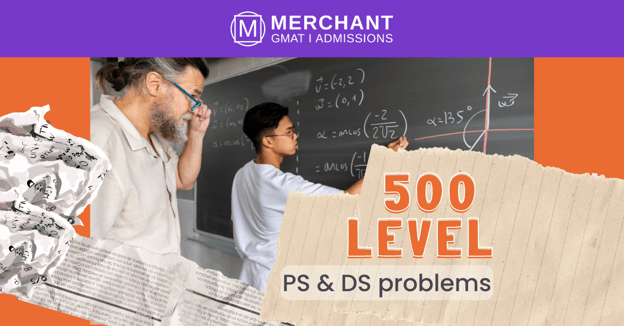How Many Problem Solving Questions Should You Expect on the GMAT?

The GMAT exam is designed to test your ability to solve problems. So, it's not surprising that a major portion of the test is devoted to Problem Solving (PS) questions. But how many of these questions can you expect? And what types of problems will you be asked to solve? Read on for a closer look at the GMAT problem solving section.
How many problem solving questions are on the GMAT, and what types of questions can you expect to see?
The Quant section of the GMAT includes 31 questions, lasting a total of 62 minutes. Generally, the test covers two types of questions: data sufficiency and problem solving. Data sufficiency questions require test takers to assess statements and determine if they alone provide enough information to answer a question, while problem solving questions are the typical multiple-choice math questions that you have seen before in school and on other standardized tests such as the SAT. Each type of question uses multiple choice answers for marking, allowing for easy testing and optimal time management. Knowing this ahead of time can help students prepare and be more familiar with these frequently tested aspects when attempting the GMAT.
The different types of problem solving questions you may encounter on the GMAT.
The GMAT is designed to challenge prospective business school students with a variety of problem solving questions. From algebraic equations and geometric formulas to DS questions, there are several different types of problems that applicants should prepare for. Knowledgeable applicants will be better placed to understand the various question styles during their exam and will be able to apply their skills in novel or unconventional ways. Taking practice exams can help an individual gain a better understanding of the type of material they might come across on the GMAT, giving them the edge when it comes to tackling each unique style of problem solving question.
Tips for tackling problem solving questions on the GMAT.
Taking the GMAT can be daunting, particularly in the area of PS. To tackle PS questions, it is important to familiarize yourself not only with the content of what you are being asked, but also to understand the nature and structure of the questions. Well-structured problems will have a given, followed by a question or ask to be answered. Be sure you read all parts of the question carefully and identify any equations that can be derived from given information before developing your solution strategy. It is crucial to practice your problem solving skills prior to taking the GMAT in order to get used to different types of problems and become comfortable with coming up with solutions in a timely manner.
Practice problems to help you get comfortable with the format and question types.
Having familiarity and knowledge of the format and types of questions you will face on a test or exam is crucial to helping you feel confident. Practicing with problems that are similar in style to those on the actual test or exam can help you build familiarity and boost your confidence in tackling them. Spend some time each day or week doing practice questions that target different concepts, problem formats, and question types so that you become comfortable working through them. This will help you not only know the material better, but also be able to answer questions quickly and accurately on your test or exam day.
A breakdown of how the problem solving section is scored, and what your target score should be.
The PS section of many examinations is designed to assess the candidate’s ability to evaluate, analyze and come up with solutions to problems. Generally, it is made up of multiple-choice questions which are each worth a certain number of points. When studying for the GMAT, it is important to understand how many questions there are, what types of questions to expect, and how they are all scored. You should practice your problem solving skills to get comfortable with the format and question types. Additionally, arming yourself with useful tips and strategy can help you focus on the right areas of concentration during preparation. If all this sounds intimidating or you're unsure where to start when it comes to test preparation, get in touch with Merchant GMAT & Admissions. Their guidance and expertise can help you conquer the exam successfully and achieve a top score. If you put in the proper amount of effort while following their advice, coming out on top and getting your desired score will be within reach!





